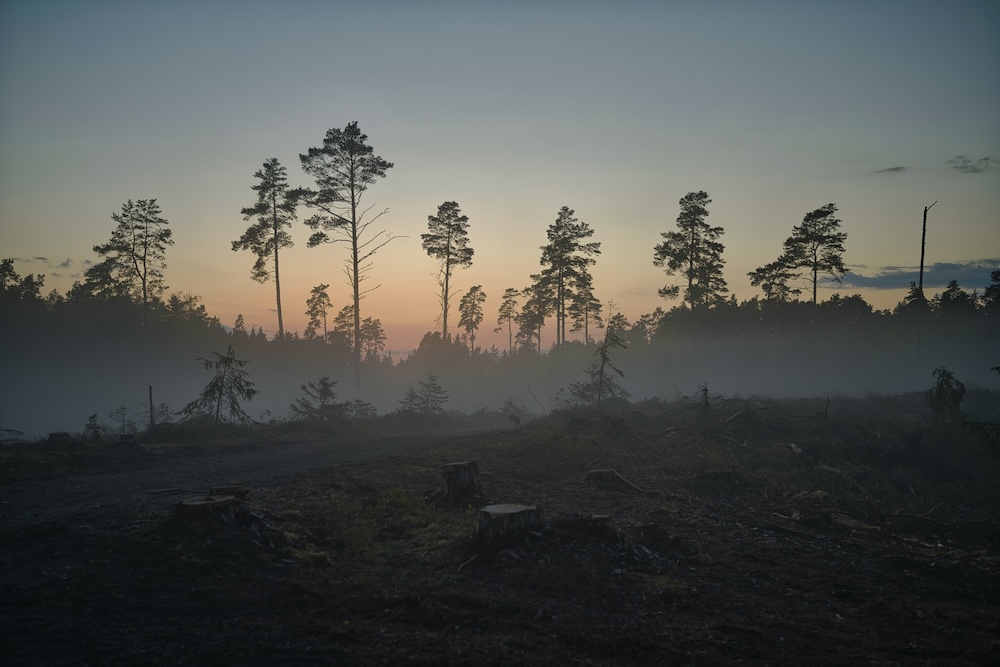John Osmond prises open a report published today on the value of Wales’s historic environment
A report published today on Wales’s historic environment – world heritage sites, listed buildings, ancient monuments and the like – attempts to put a monetary value on their contribution to the Welsh economy. It calculates that between them our historic assets contribute £840 million a year and directly supports more than 30,000 jobs. But more importantly, hidden in the report is a clue about what works in promoting the potential of our built heritage.
Valuing the Welsh Historic Environment, produced by consultants Ecotec for a consortium led by the National Trust and appropriately launched at the Pierhead Building in Cardiff Bay, concentrates on eight case studies from the four corners of the country. They range from the Castell Henllys Iron Age Fort in Pembrokeshire to Erddig Country House in Wrexham.
But the most fascinating contrast set out in the report is between two of our World Heritage Sites, Caernarfon Castle and Blaenafon. The first was acknowledged by Cadw’s chief executive Marilyn Lewis at today’s launch as failing to reach its full potential in leadings its community towards greater prosperity, while the latter had outperformed all expectations. Why?
It is just over ten years since the 33 square kilometres of Blaenafon’s industrial landscape, which includes Big Pit, the Ironworks and a heritage railway, was designated. In that time the place has undergone a complete transformation. There has, of course, been major investments. For instance, Big Pit has been given a £7 million makeover and its visitor numbers have doubled over the last five years, attracting 165,696 people last year.
Most importantly for the community Blaenafon town has had a complete facelift with 500 properties renovated, three-quarters of the town centre’s dereliction made good, and listed buildings such as the Miners Institute and Blaenafon library brought back into use. The town’s population peaked at 12,800 in 1921 and then fell steadily to just over 6,000 at the last census. Next year’s census promises to show a stabilisation if not a small increase, no doubt assisted by the 300 per cent increase in property prices over the past five years. By the end of 2007 the Blaenafon World Heritage Site had catalyzed the investment of £30.8 million investment in the area and Blaenafon had been rebranded as a heritage town within the overall landscape.
 Meanwhile Caernarfon has languished in the doldrums. At today’s meeting Dafydd Owen, of the Welsh Religious Buildings Trust which is based in Caernarfon, said the state of the town reminded him of what Blaenafon looked like a decade ago. He reminded us that it was spruced up a good deal at the time of Prince Charles Investiture in 1969 but has been in a state of decline ever since.
Meanwhile Caernarfon has languished in the doldrums. At today’s meeting Dafydd Owen, of the Welsh Religious Buildings Trust which is based in Caernarfon, said the state of the town reminded him of what Blaenafon looked like a decade ago. He reminded us that it was spruced up a good deal at the time of Prince Charles Investiture in 1969 but has been in a state of decline ever since.
Caernarfon Castle itself, built in 1883 the year after the conquering of Wales by the Normans and the death of Llywelyn ap Gruffudd, the last real prince of Wales, remains something of an icon. Last year it attracted 194,293 visitors who generated nearly £900,000 in admission charges, making it Cadw’s top paid attraction and sixth in the top ten paid visitor attractions in Wales. However, it only employs eleven people directly and (according to multiplier calculations) another 28 indirectly, and has done little for the town itself. Part of the answer can be found in today’s report, which remarks:
“Caernarfon was the birthplace of the first English Prince of Wales, later Edward II, in 1284. It was the site of the investiture of Prince Edward (1911) and Prince Charles (1969) as Prince of Wales. Both events have helped raise the profile of the Castle as a key monument in the identity and psyche of modern Wales.”
What on earth does that last sentence mean? What has Caernarfon Castle and the two investitures done to the “psyche of modern Wales”. Reminded us of our defeat by the Normans that’s what. Hardly something to get up and start building an entrepreneurial future out of that particular bit of our heritage, it seems to me.
The contrast with Blaenafon is striking. The story of how in the 18th and 19th Century its people, for all that they were exploited by the capitalist system, forged the world’s first industrial evolution remains a stirring call to action in present-day Wales. Certainly, the success the town has made of its World Heritage status is testimony to that.
If Caernarfon is to get off its feet its going to have give the Castle which still so dominates its medieval town, a different narrative to the one that still connects it with a culture of defeat. Is Cadw up for that? One acid test in the coming decade or so, or even sooner, is whether we allow it to be the venue for a third investiture.






Comments are closed.